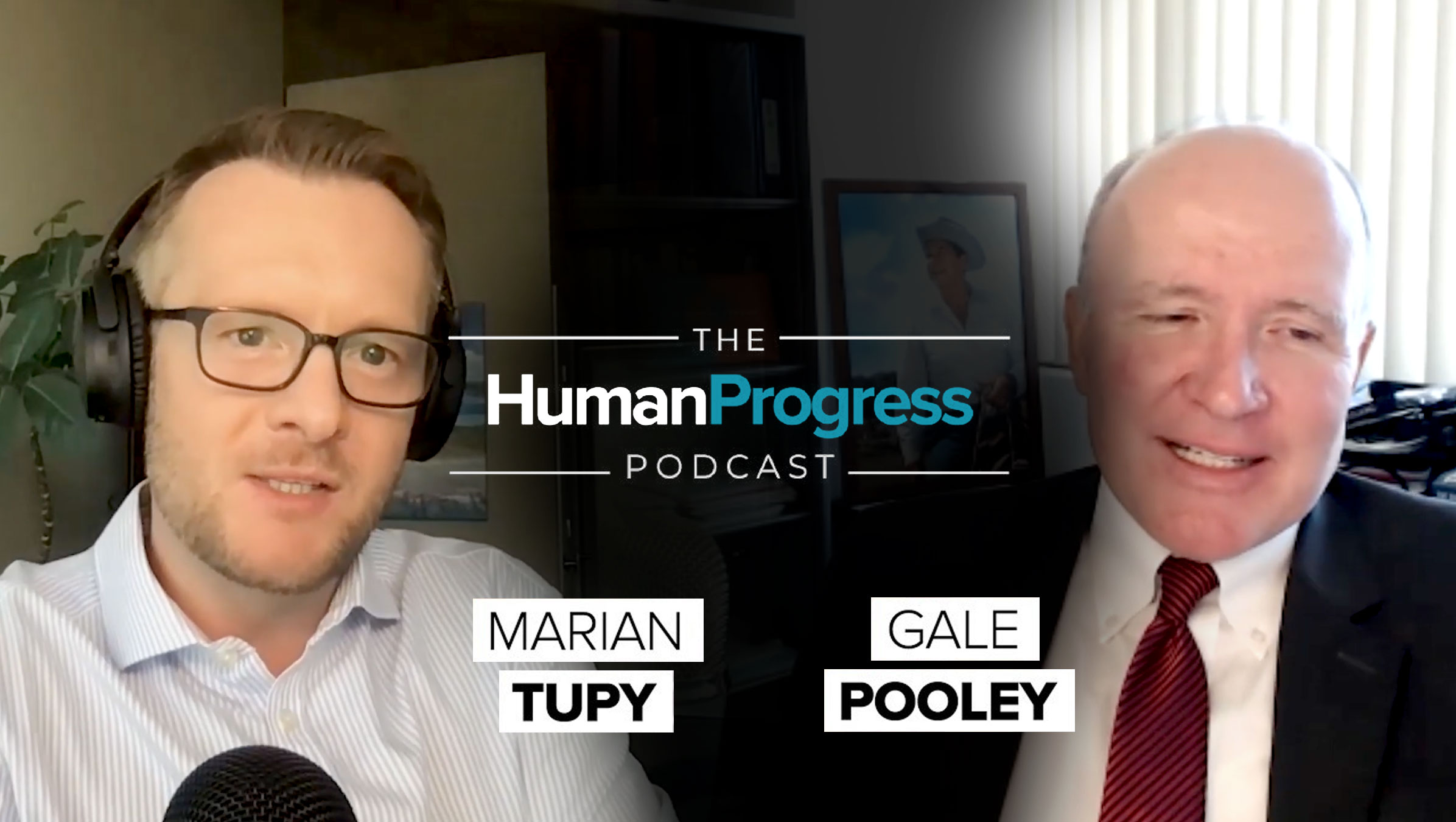


Demographic Collapse #2: Ponzi Schemes

Population Growth and Resource Abundance

Are We Running Out? No

Light Has Burst Forth in Astonishing Abundance

Life Has Gotten Sweeter – Literally!

Gale Pooley Discusses The Simon Abundance Index on The Human Progress Podcast

Time Price Theory Across All Domains of Economics

Revisiting the Simon-Ehrlich Wager 40 Years On

The Trump Dollar is on Track to be the Weakest of All Time
Folks, watch them dance, US pols are exultant about the dollar! Despite the volatility and noise of virus, money manipulation, trade war, high tech disruption, and debt explosion, our leaders believe that the buck is a bastion of value. Amid the $6.7 trillion a day of currency shuffling in Vanity Fair — some 25 times world GDP and up some 30% in three years during a trade collapse — the dollar is floating and flapping on the Federal Reserve fortress like a triumphal banner of monetary stability in an ocean of froth. Fed Chairman Jerome Powell is basking in glory as the dollar seems to be slip sliding near the Euro. And at least it’s not Brazil’s real or Argentina’s swooning peso! This Read More ›
